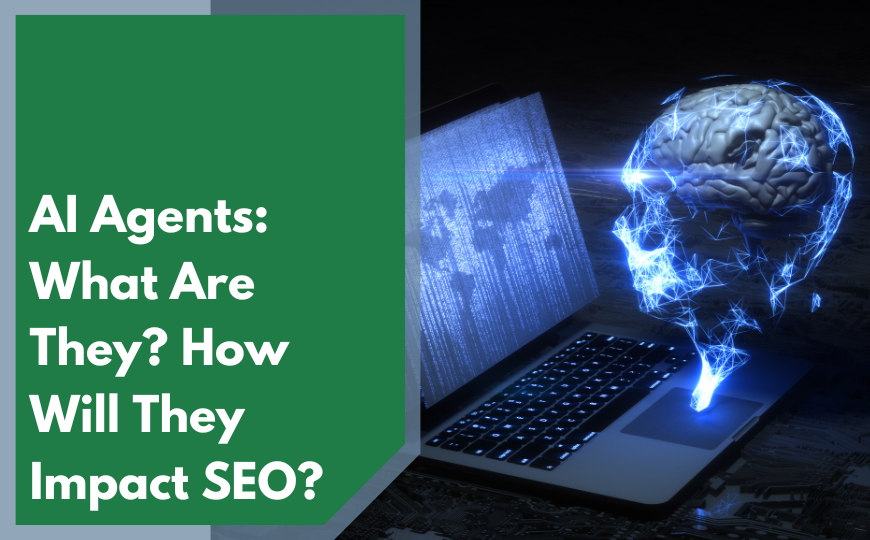Google Ads is the new moniker of the erstwhile Google Adwords. But the aim of the rebranded Google paid search ad service remains the same- to “help businesses of all sizes connect with relevant customers across all of our channels and partner sites,” through the introduction of Smart Ads and other automated features.
So, why the change and what does it really mean for users?
With mobile becoming a huge part of daily life, most people jump from device to device or channel to channel. The consumer journey is highly fragmented, as people switch from clicking on display ads to performing brand searches, then discovering and watching videos or digging deeper through the content, to going back to the website to purchase maybe. Marketers have multiple opportunities to reach consumers where they want to be reached across different channels, screens and formats. Google has a treasure trove of consumers’ personal data, basic demographic information, physical location, device details and behavioral information, so it makes perfect sense for consumers that this data is used to deliver relevant advertising. In keeping with the latest consumer behavior, Google Ads too has shifted its focus from enabling advertisers to connect only with people on Google Search to delivering valuable and relevant ads at every step of the consumer journey through text, video, display and more. This in turn gives brands desired visibility.
Moreover with advances in machine learning, the new automated features promise to make the process of creating Google Ads faster and more efficient. By combining the skill of PPC professionals and automated tools in Google Ads, advertisers can save time and resources when it comes to serving the right ads, reaching customers easily and also delivering a positive customer experience. Here are some major changes in terms of automated features on Google Ads:
Smart Campaigns in Google Ads
Designed for small businesses, Smart Campaigns are almost entirely automated. You can select goals and location and let Smart Campaigns automatically target and deliver ads and landing page to audiences across all Google platforms based on information from Google My Business. Keywords are optimized dynamically and enhancements made to the ad copy based on the performance of your campaigns measured against the goals you set. Thanks to the automated features in Smart Campaigns, you can now create ads in minutes and drive real results. But there are still a few things that need to be done manually during the initial launch such as setting campaign parameters- budget, target location, and language. Smart Campaigns will now be the default option, but businesses can still opt to manually manage their ad programs through the full Google Ads service. Users have to find the right combination of automation and manual management to improve the efficiency and effectiveness of their advertising dollars. Smart Campaigns improve ad performance and enrich user experience. Google claims that smart campaigns are three times better at getting ads in front of the right audience.
Universal App Campaigns
Universal App Campaigns, otherwise also known as “AdWords Express for Developers.” help users get more downloads of their app. Universal App helps drive in-app conversions using machine learning and artificial intelligence to automatically create and serve highly customized ads across the Google search, display, YouTube, Google Play, and AdMob networks to people who are more inclined to download your app or perform an in-app action. The best thing is that the scale and pricing is based on outcomes rather than clicks. UACs, analyze hundreds of millions of data points from the app listing to create the ideal ad and automatically manage bidding, keywords and targeting. Most of Universal App campaign features are automated but there are some things that does require manual intervention, like selecting a daily budget, setting optimal cost-per-click, location and language. Google also requires a few keyword ideas to start off for the automated ad-generation and variations, such as ad text, and media (images and videos). UACs push downloads and drive 140% more conversions per dollar for digital marketers, while working within their set budget.
Goal-optimized Shopping Campaigns
Shopping ads account for more than 60% of all clicks on Google for Ecommerce brands. Obviously Google wants to make managing and optimizing them a little easier so that retailers can make as much revenue as possible within the budget constraints. Goal-optimized Shopping campaigns use automation and machine learning to combine both Shopping and remarketing on the Display network so that your ads show up across networks (Shopping unit, Google Display Network, Gmail, and YouTube) for the defined conversion value. Goal-optimized Shopping campaigns predict the bids that will get businesses the best cost per lead based off data points from at least 20 conversions over the last 45 days. To get started marketers need to set a budget, target CPL and upload assets (logo, marketing image, and ad text) for Google to automatically work within the set budget and determine where your ads show to meet that target. Display ads will be personalized based on user engagement with your website.
Automated bidding
Currently there are 7 bidding strategies available under Automated Bidding, three of which are based on Smart Bidding to help advertisers reach their marketing objective with minimal management. To create an AdWords campaign, you can select one of the Smart Bidding strategies to direct the end goal and let the algorithm optimize your auction in real time and automatically run your ads. For instance, if your objective is to get the best return on your ad spend then Target ROAS (return-on-ad-spend) would be the bid strategy of your choice. Google automatically predicts the likelihood of conversions by looking at the device, location, language, and more, which helps refine the automated bids. Automated bidding does require some manual adjusting of targets for factors that may impact your business, which Google may be blind to.
These emerging automation trends improve ad targeting and have a definite impact on the paid ads campaign performance. But just because Google has automated some of its processes, doesn’t mean you can do without a dedicated marketing team to help you make the most of your Google Ads campaign.
To take full advantage of Google ads and Smart campaigns, or to know how DirectiveGroup can help your brand get started with PPC campaigns, contact us today!






